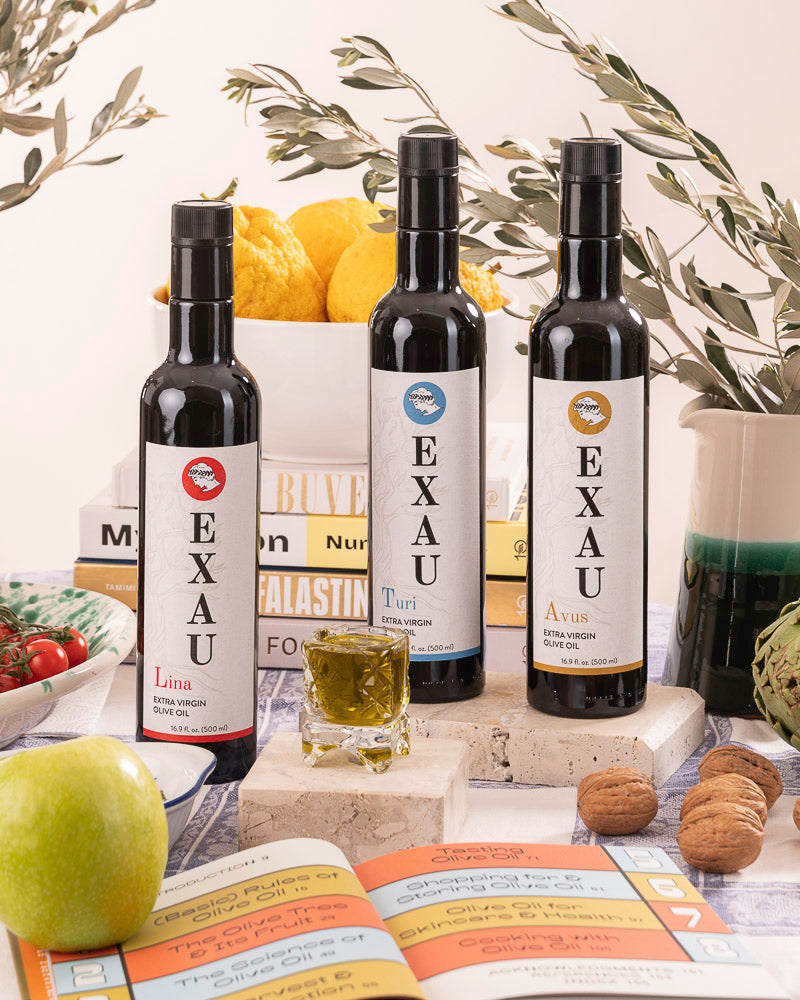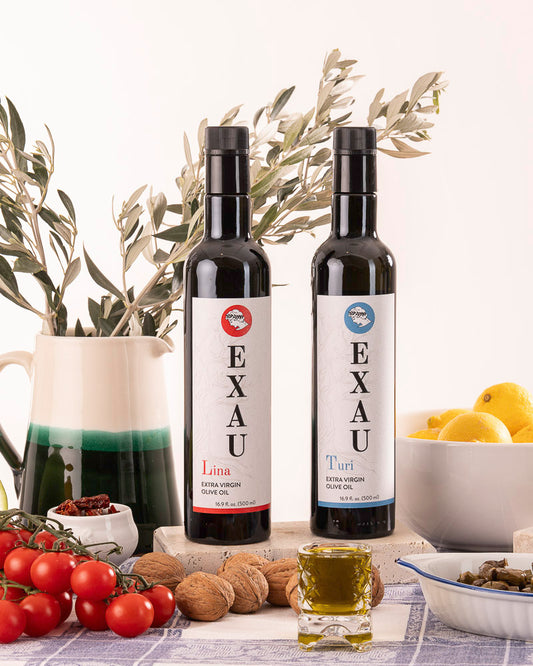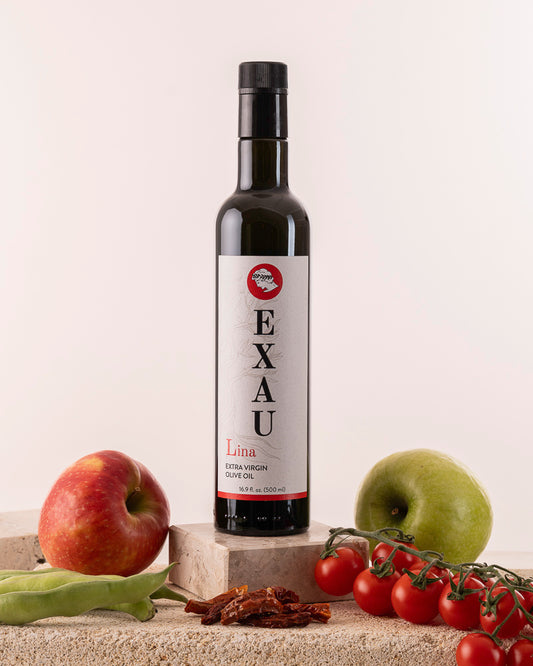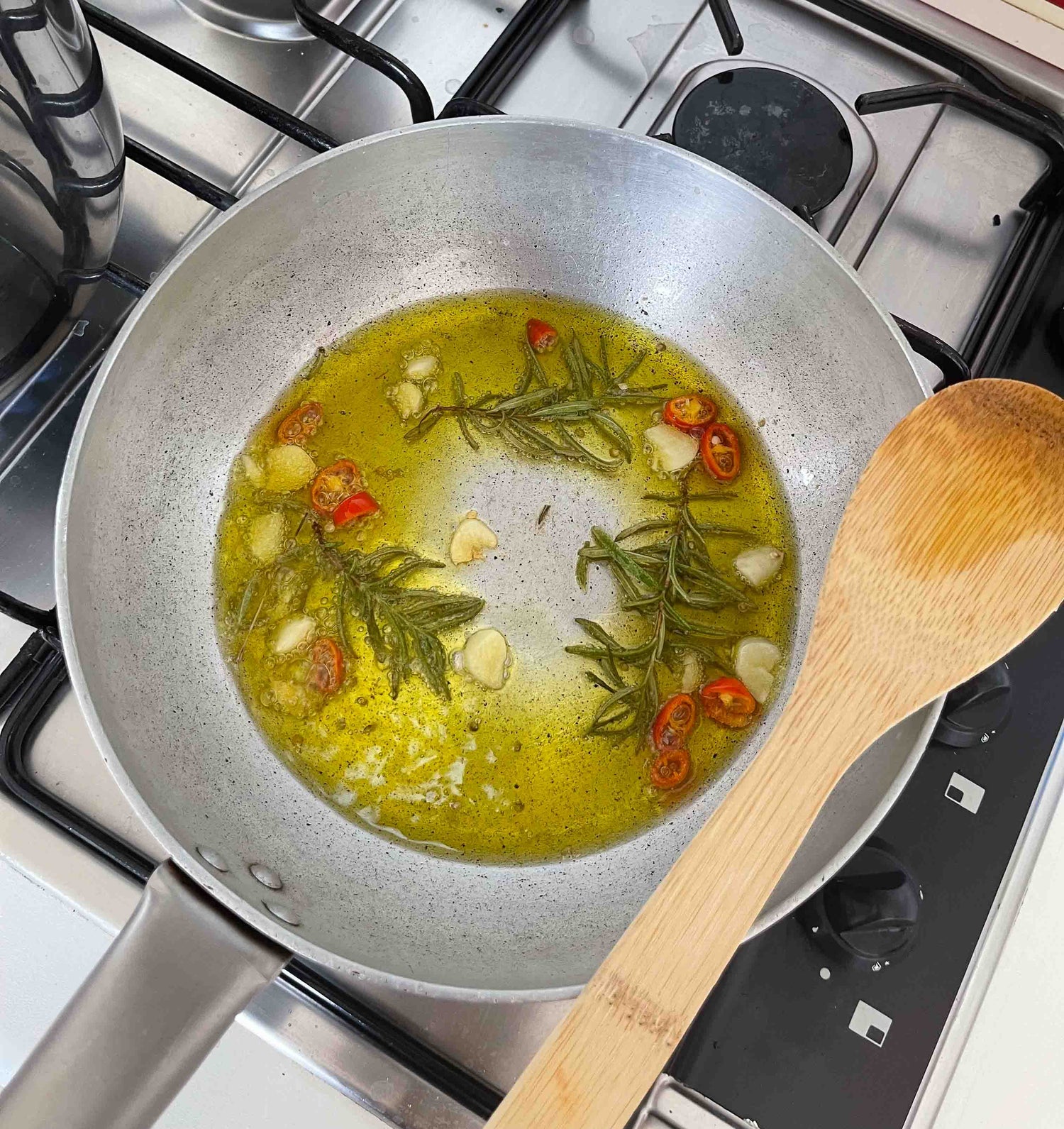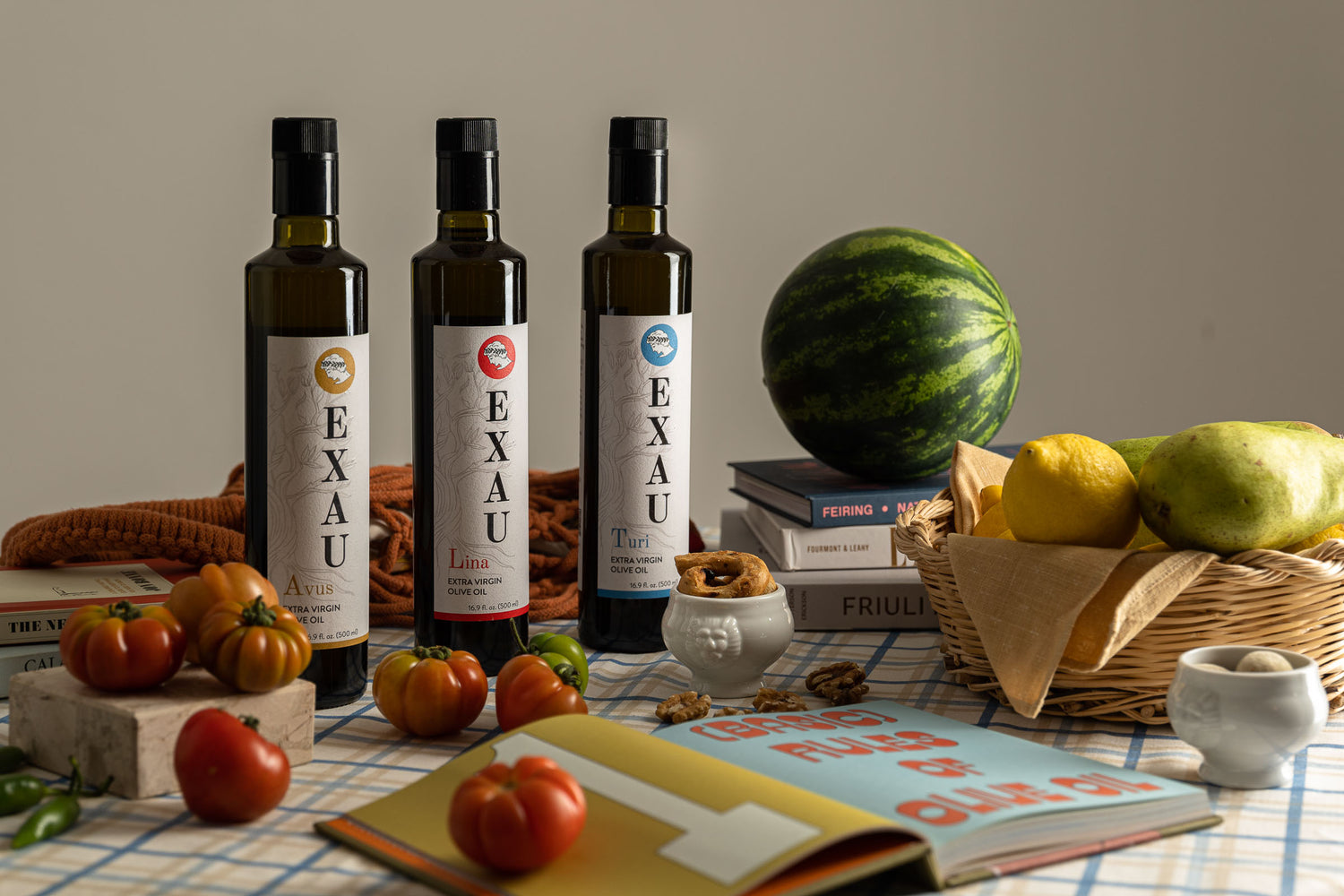You go to the grocery to pick up a few things, including your favorite cooking fat. You get home and start pouring and notice it's cloudy. What's the deal? We explain everything below.
Why Does Olive Oil Get Cloudy?
It can become cloudy for several reasons including:
- Cold temperature
- Exposure to light or air
- It's not filtered
The product is a little bit of a pantry diva, especially extra virgin, and has specific needs for long term storage. Let's break down each factor.
Cold Temperature
Olive oil can sometimes turn cloudy or solidify when exposed to cold temperatures. This occurs because certain compounds in the fat, such as waxes and triglycerides, solidify and form crystals when the temperature drops.
These crystals can make the product appear cloudy. However, this cloudiness is usually temporary and reversible. When the bottle is brought back to room temperature, it should regain its clarity.
This process can happen if a product is stored in a cold part of your house such as the basement or there's a cold front and your home got a bit cold.
The Fridge is a Different Story
If you store oil in the refrigerator, it can become cloudy due to the lower temperature and the solidification of some components in the fat. The fridge is way too cold for the product and it can become permanently damaged.
Do not store olive oil in the fridge. Read more about best storage practices.

Light and Air
Exposure to light and air can also cause the product to become damaged over time. Oxygen and light lead to oxidation and breakdown of the fat, resulting in the formation of certain compounds that can cause cloudiness.
We recommend storing tightly sealed bottles and tins in a cool, dark, dry place to minimize exposure to light and air.
It's Not Filtered
When fresh oil exits the mill it's a vibrant yellow, green, or gold color. It has a very gritty or intense texture because it isn't filtered. This is known as novello or olio nuovo. Filtration removes any particles or undesired debris in the product making it clear.
Once complete the product becomes shelf stable and is good for 18 to 24 months after the harvest date.
If an oil is cloudy because it hasn't been filtered then this process can certainly help, however, it's something that is done by producers shortly after milling, not at home once the product is already bottled.
To avoid this simply purchase products that have been filtering. How can you tell? If a product is marked as extra virgin it's been filtered.
Has it Gone Bad?
It's worth noting that cloudiness doesn't necessarily indicate spoilage or that the product is no longer suitable for consumption. However, if it has an off smell or taste or if you're unsure about its quality, it's best to discard it and use a fresh bottle.
Some posts you may have missed...
The Difference between Regular vs Extra Virgin
What is Finishing Oil and How to Use It
Hey! We wrote a book a book, about our favorite cooking fat, have you ordered it yet?
If you learned something new or have opinions on this topic, please leave a comment and let us know your thoughts! We love to hear from you. If you’re on Instagram, TikTok, or Facebook don’t forget to tag us and use #EXAUoliveoil so we can repost!
